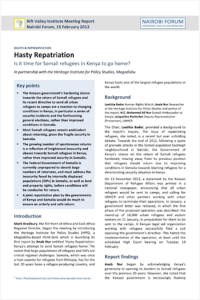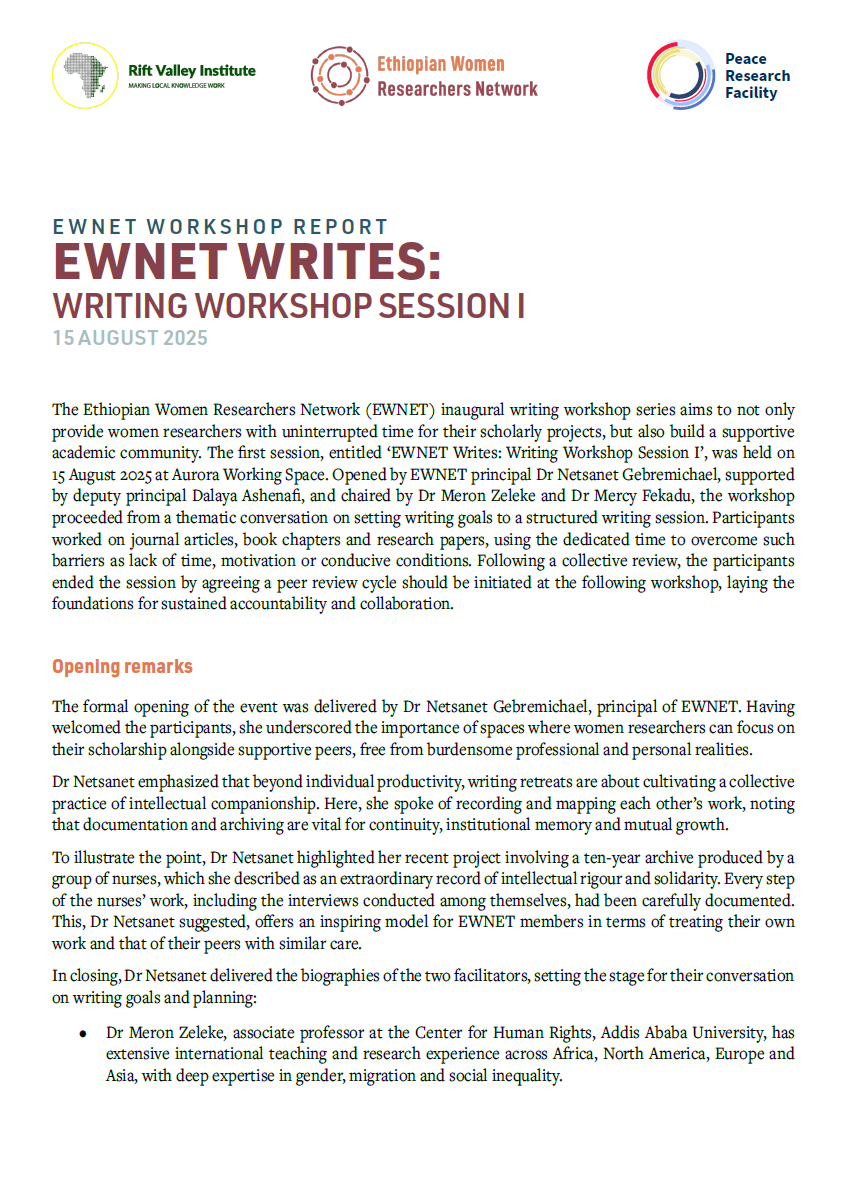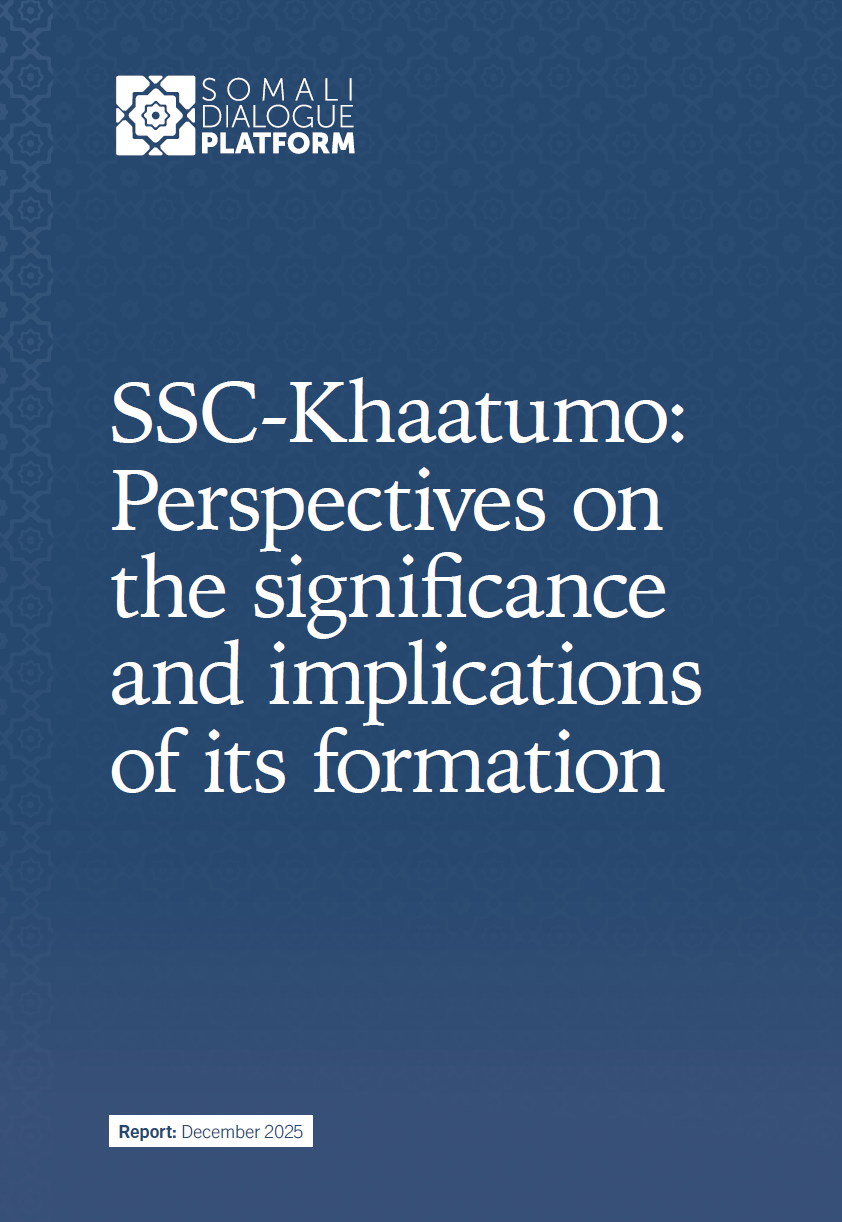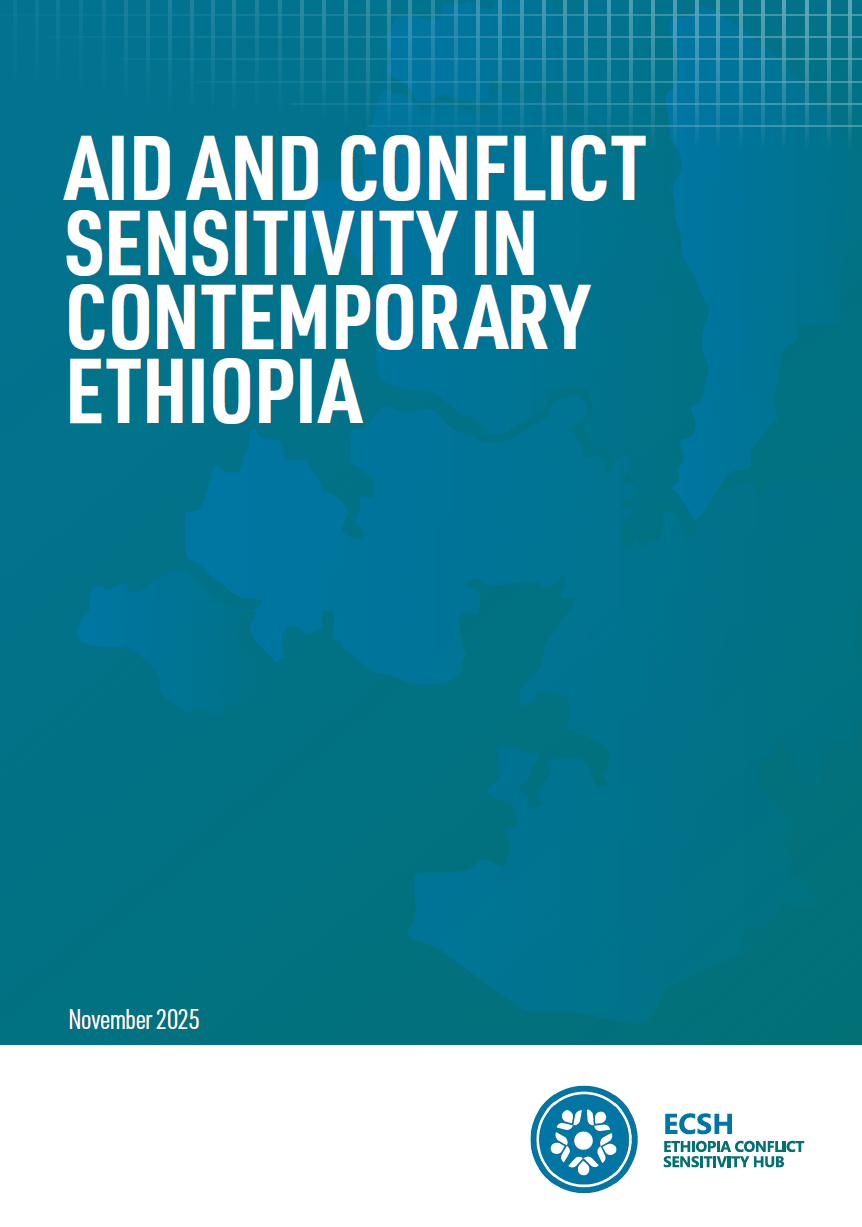Key points
-
The Kenyan government’s hardening stance towards the return of Somali refugees and its recent directive to send all urban refugees to camps are a reaction to changing conditions in Kenya, in particular a series of security incidents and the forthcoming general elections, rather than improved conditions in Somalia.
-
Most Somali refugees remain ambivalent about returning, given the fragile security in Somalia.
-
The growing number of spontaneous returns is a reflection of heightened insecurity and abuses towards Somali refugees in Kenya, rather than improved security in Somalia.
-
The Federal Government of Somalia is currently unprepared to absorb large numbers of returnees, and must address the insecurity faced by internally displaced populations (IDPs) in Somalia, as well as land and property rights, before conditions will be conducive for return.
-
A joint repatriation plan by the governments of Kenya and Somalia would do much to ensure an orderly and safe return.
Introduction
Mark Bradbury, the RVI Horn of Africa and East Africa Regional Director, began the meeting by introducing the Heritage Institute for Policy Studies (HIPS), a Mogadishu-based think-tank which is launching its first report by Anab Nur entitled ‘Hasty Repatriation: Kenya’s attempt to send Somali refugees home’.[1]He noted that large populations of refugees and IDPs are critical regional challenges. Somalia, which was once a host country for refugees from Ethiopia, has for the last 20 years been a refugee-producing country, and Kenya hosts one of the largest refugee populations in the world.
Background
Laetitia Bader Human Rights Watch; Anab Nur Researcher at the Heritage Institute for Policy Studies and author of the report; H.E. Mohamed Ali Nur Somali Ambassador to Kenya; Jacqueline Parlevliet Deputy Representative (Protection), UNHCR
The Chair, Laetitia Bader, provided a background to the report’s inquiry. The issue of repatriating refugees, she noted, is a recent but ever unfolding debate. Towards the end of 2012, following a spate of grenade attacks in the Somali-populated Eastleigh neighbourhood in Nairobi, the Government of Kenya’s stance on the return of Somali refugees hardened, moving away from its previous position that refugees should return due to improving conditions in Somalia towards blaming refugees for a deteriorating security situation in Kenya.
On 13 December 2012, a statement by the Kenyan Department of Refugee Affairs was printed in a national newspaper, announcing that all urban refugees would be sent to camps, and calling for UNHCR and other partners working with urban refugees to terminate their operations. In January, a government letter was released, in which the first phase of the proposed operation was described: the round-up of 18,000 urban refugees and asylum seekers on 21 January, in preparation for them to be sent to the camps. A Kenyan legal aid organization working with refugees successfully filed a suit opposing the government’s directive. This halted the implementation of the operation, at least until the scheduled High Court hearing on Tuesday 19 February.
Report findings
Anab Nur began by acknowledging Kenya’s generosity in opening its borders to Somali refugees over the previous 20 years. However, she noted that the Kenyan government is increasingly framing Somali refugees as a national burden, blaming growing insecurity in the country on its refugee population. Somali refugees have also been the victims of terrorist attacks on Kenyan soil, as well as reprisals by the Kenyan authorities in the form of the police and the military. Anab concluded that the decision by the Kenyan government to send all urban refugees to camps is a knee-jerk reaction based on to current conditions in Kenya.
She emphasised that any attempt by Kenya to return Somali refugees forcibly would be in breach of its responsibility to protect refugees, to which it is committed as a signatory to the 1951 Convention Relating to the Status of Refugees, the 1967 Protocol Relating to the Status of Refugees and the 1969 Organisation of African Unity Convention.
Anab described how refugees in Kenya and Somalis from the diaspora have been returning in their thousands because of the improvement in the security situation in Mogadishu and surrounding cities following the ousting of al-Shabaab. Yet, normalcy remains an elusive prospect, and this is causing refugees in Kenya to be ambivalent about return.
Many of the refugees she interviewed stated that they would prefer to return to their home regions where they had land and property interests and clan support networks. But only 6 per cent of refugees interviewed said that they were prepared to return home immediately, while 63 per cent said that they would only be willing to return if the security situation improved. 20 per cent said they were not prepared to return because they considered that the conditions under which they fled still remained in their home regions.
Anab noted that for refugees in Eastleigh, return has largely been prompted by heightened insecurity, police extortion, and violent reprisals, following the grenade attacks in Eastleigh in November and December 2012. An additional factor in pushing refugees to return has been the prevailing uncertainty about Kenya’s stability during and after the elections in early March.
On the Somali government’s capacity to absorb thousands of refugees, Anab reported that the government plans to establish IDP camps near Beled Hawo, close to the Kenya-Somalia border, to accommodate returning refugees. But she pointed out that existing IDP camps in Somalia are highly insecure, rendering their residents vulnerable to rape and robbery. The Federal Government of Somalia needs to address the insecurity facing its current IDP population. She added, to enable refugees to return to their homes and reclaim land and property, the Somali government needs urgently to prioritise issues of land and property rights.
Based on these findings, the HIPS report makes recommendations to the Kenyan government, to the Somali government, to UNHCR, and to international assistance agencies. It recommends to the Government of Kenya that it suspend plans to repatriate Somali refugees, take responsibility for growing insecurity in Dadaab, properly investigate attacks and abductions on its territory, and publicly disassociate Somali refugees from these incidents. The report also concludes that the Kenyan government should hold the police and military accountable for abuses committed against Somali refugees, and repair relations with the Somali community. Finally, the Kenyan government should encourage and facilitate partnerships with international organisations, NGOs, and the Somali government, working towards an orderly and considered repatriation programme that guarantees the safe return of Somali refugees.
Key recommendations to the Government of Somalia include drafting a repatriation plan and forming a joint commission with the Kenyan government with that aim in mind, but to maintain its insistence that no refugees should be forced to return. The Somali government should also address the problems facing IDPs in Somalia and issues of land and property rights.
Discussion
Jacqueline Parlevliet noted that the HIPS report is timely and raises two important issues, firstly regarding a durable framework for solving the Somali refugee problem, and secondly regarding the shrinking refugee protection space in Kenya. She noted that there had been no consultation process ahead of the Kenyan government’s directive in December, and that the announcement came as a shock to UNHCR, which had been successfully piloting an urban refugee programme in Kenya.
UNHCR, she said, are now working with implementing partners and the Government of Kenya to establish strategies to mitigate the negative impact of sending urban refugees to camps. UNHCR cannot participate in any forced relocation, since this would be a violation of its mandate to protect refugees, but it would have an obligation to receive and assist refugees arriving at the camps—and ensure that there is adequate protection space in the event of the directive being implemented. UNHCR has already been working with the Government of Kenya to deploy more police officers to Dadaab, and has been conducting capacity building, training, and sensitization of police officers in refugee and human rights law.
Regarding opportunities for durable solutions for Somali refugees, she noted that although there have been positive developments in Somalia, the conditions are not necessarily conducive for return and Somali refugees still require international protection. At the same time, there is little in the way of durable solutions for refugees in Kenya. Therefore, refugees have been crossing the border to assess the security situation in Somalia and possibilities for return. UNHCR can support these initiatives. She concluded by stressing that UNHCR only works with the concept of voluntary return, so any forced return would be a violation of the principle of ‘non-refoulement’ (the return of refugees with a right to protection to their persecutors) and UNHCR world will not be able to accept that.
Laetitia Bader challenged diplomats and donors to say what they are doing in terms of monitoring abuses towards Somali refugees and raising these issues with the Kenyan government. Chris Porter from DfID asked whether enough is being done to monitor abuses in Eastleigh in particular. Ambassador Nur reported that the Somali Embassy has been raising complaints with the Kenyan Ministry of Foreign Affairs, and that Somali refugees in Eastleigh had been advised that they were obliged to carry their documents proving their right to be in Kenya and to resist giving bribes. The Ambassador noted that there is no police station in Eastleigh, and that the Embassy has asked the Kenyan government to open a station in the neighbourhood.
Laetitia Bader questioned whether the numbers being quoted of refugees returning to Mogadishu and crossing the border were helpful or meaningful. She noted that there have also been high rates of return of refugees to Dadaab who had been caught up in fighting in Somalia, yet these numbers tend to be hidden. Jacqueline Parlevliet commented that it is unclear how sustainable or durable the returns are. In addition, it is difficult to measure cross-border movements, since refugees often return on a short-term basis, moving back and forth in order to maintain their refugee status in Kenya as a safety net. There is therefore a need to think critically about what refugees’ movements mean. UNHCR’s Somalia office has been operating a population movement tracking system for several years, mapping movements inside Somalia and across the border.[2]
Jehan Balba from Relief International asked whether the Somali government had taken any concrete steps towards preparing for the return of refugees. Anab responded that it is hard to say what steps have actually been taken, but that the government needs funding and support from the international community. Abdi Aynte from HIPS added that the government in Mogadishu is currently overwhelmed with land dispute cases and the IDP situation in Mogadishu.
Notes
[1] Heritage Institute for Policy Studies




